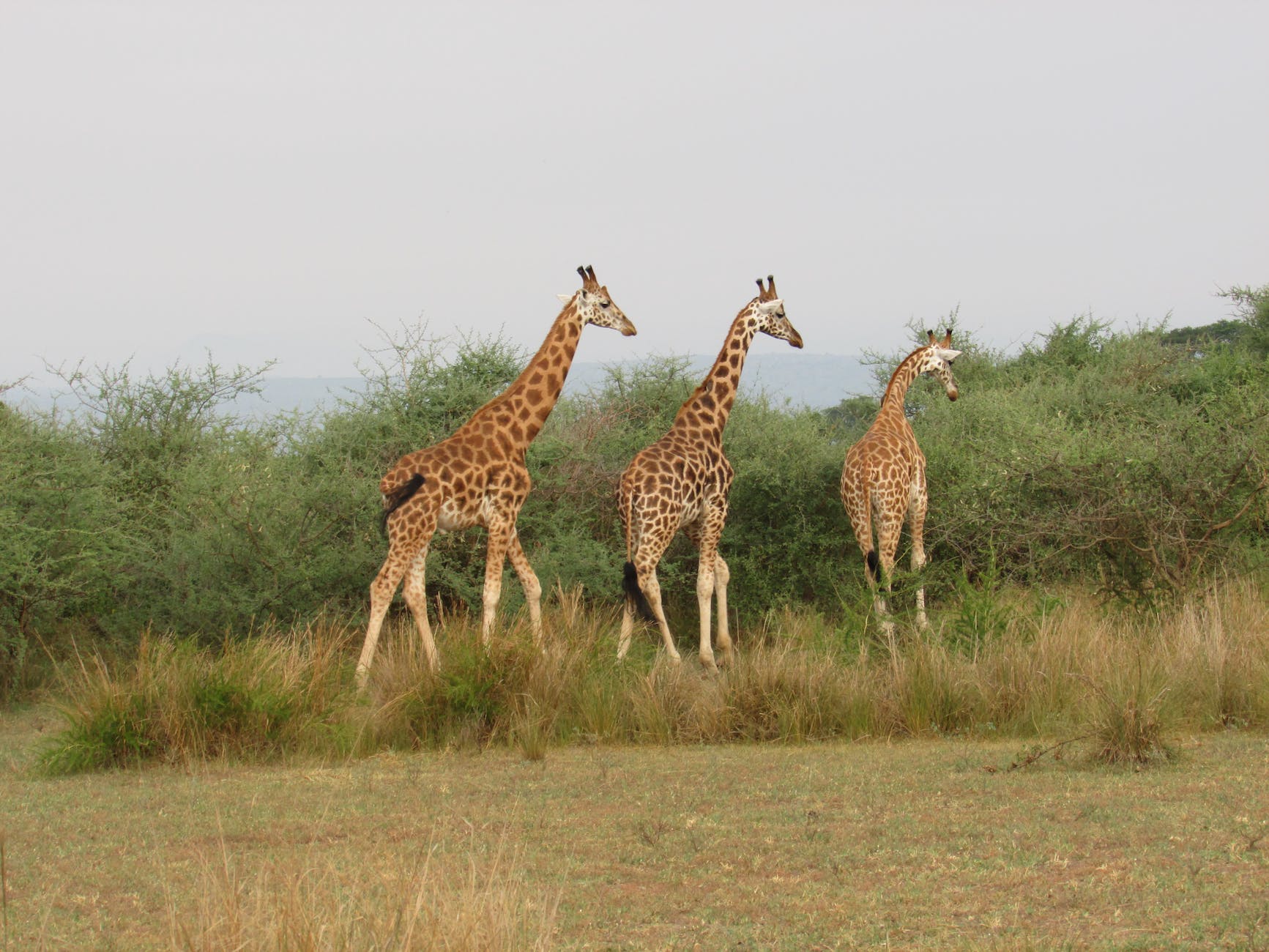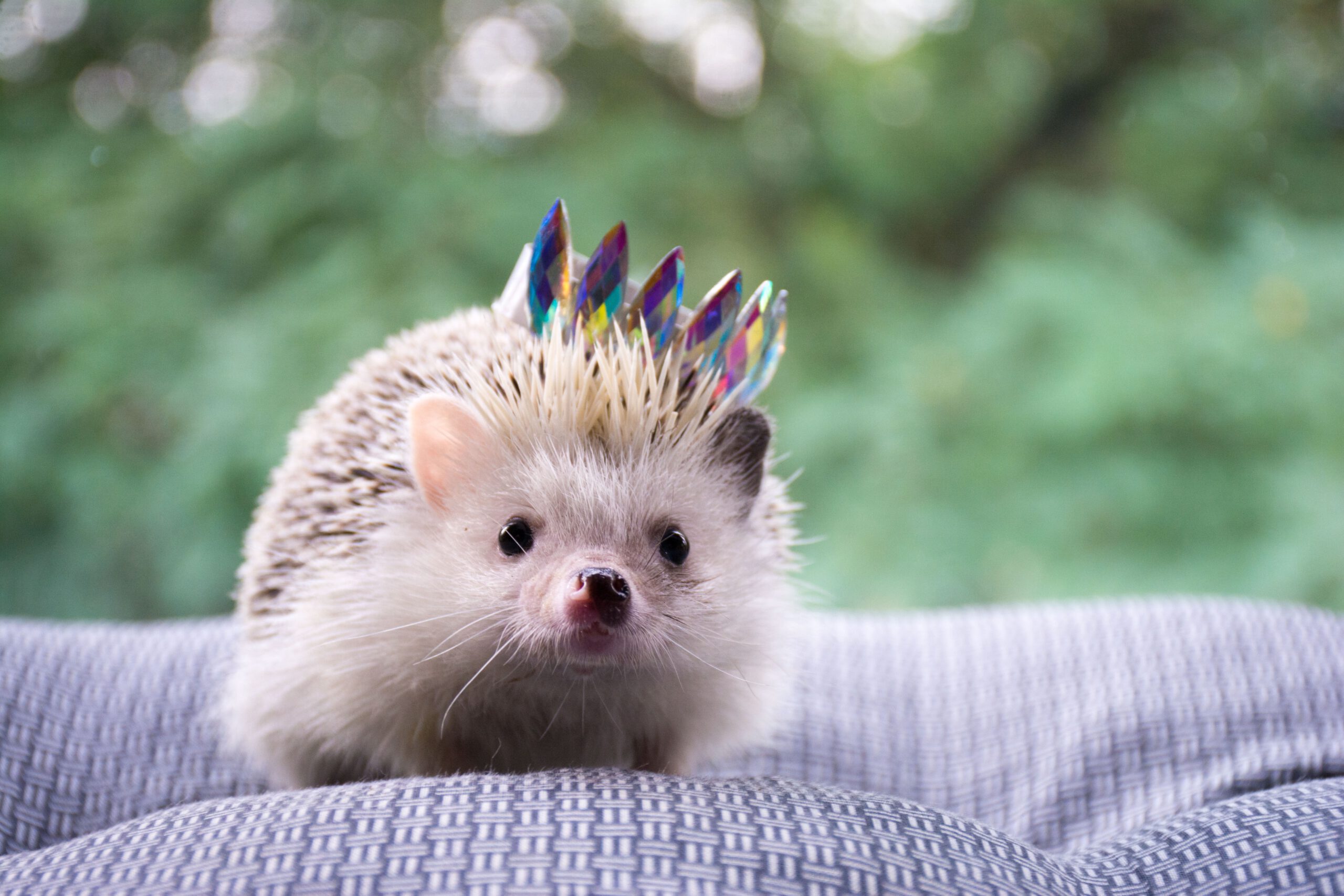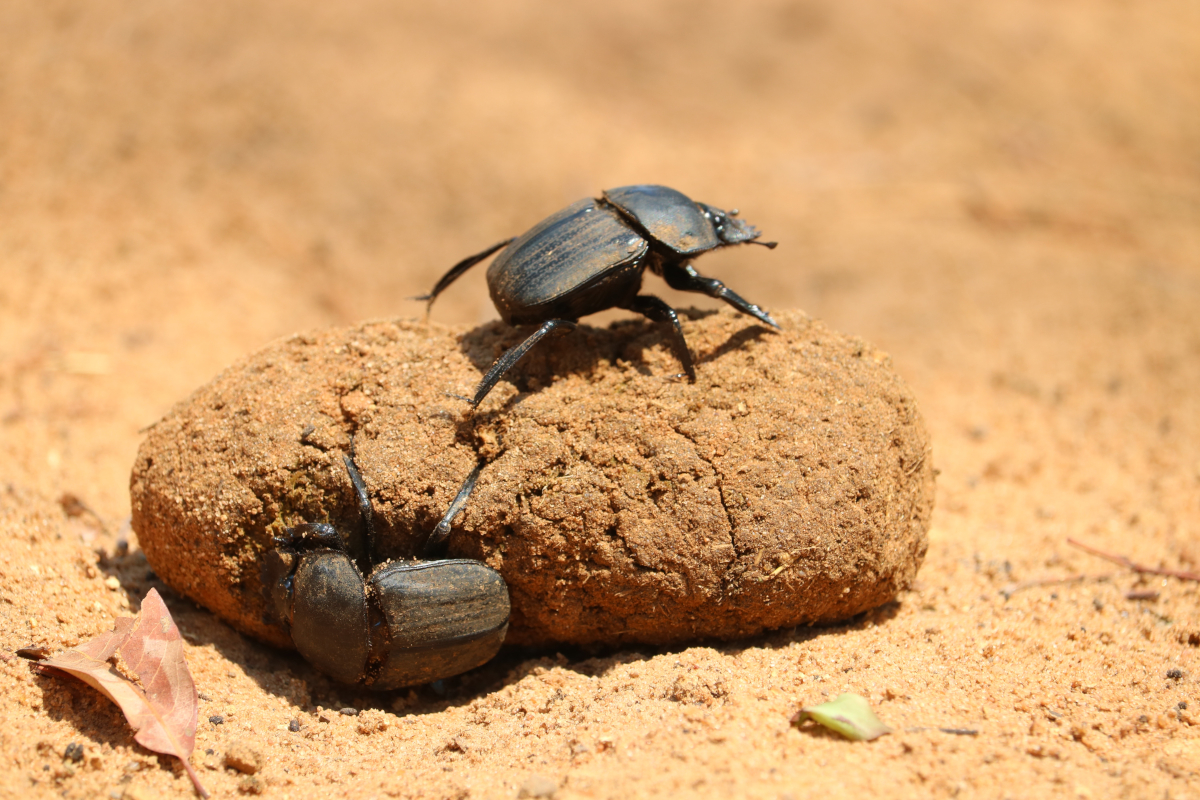Biology 101: Introduction to population ecology
It’s been a while since we’ve posted a Biology 101 post, but we’re back with a very interesting topic! The introduction to population ecology, with the basics and a small insight into our current field research that’s being done on European hedgehogs in The Netherlands.
Population ecology explained
Population ecology is the study of the interaction of a particular species of genus population (or sometimes of a higher taxon) with its environment. That’s what the Oxford Dictionary of Zoology says about it. Basically what this means is that population ecology focusses on how animals and plants react and communicate with their direct environment. There are three main subjects present within these studies:
- Physiological ecology: How the body of an animal physically reacts to specific situations.
- Animal behavior: How an animal reacts and communicates in specific situations.
- Population dynamics: The way animals react to each other.
Furthermore, population economy studies can be done in two ways depending on the study group.
Autecology
The study of individual organisms or species, for example studying hedgehogs in their natural environment and solely focussing on their physiological ecology, behavior and population dynamics.
Synecology
The study of whole communities such as terrestial ecosystems. This would for example be a study of a national park, where the study would include the multiple species that naturally occur within the park and how they react to each other. This can also include plants and fungi as well as animal species.
What is population ecology used for?
Population ecology is one of the most developed types of ecology and is used worldwide to keep track of numbers of populations for all types of organisms: their geographic ranges, population sizes and densities, and what factors result in them being so rare or common. This is a very common study subject in conservation projects and some of the main questions in population ecology are:
- How many individuals are there within the species as a whole?
- How many individuals are there per population?
- How are individuals in a population arranged spatially relative to another?
- Does the species occur in a given habitat, or is it absent?
- How many populations are there in total and where does each population occur?
- What are the furthest geographical limits of where a species occurs?
- Within the natural habitat of the species, are there any natural disasters changing the environment seasonally?
- Is there competition about resources between or within species?
These questions are great to start out with on a study, to determine which subjects need to be studies and how they can be studied. Within population ecology, field research and maths are used to observe and calculate the answers to these questions. How? Well there are a few ways to do it.
European hedgehog field research
For the explanation we’ll use our own field research on European hedgehogs within a set habitat in The Netherlands. The habitat is set to the city of Hoogeveen and the villages around it: Pesse, Fluitenberg, Stuifzand, Alteveer, Hollandscheveld and Noordscheschut. This habitat contains a variety of environmental types such as industrial lots, woods, bogland, agricultural land and urban environments. All of which are rich to European hedgehogs as they’ve evolved to adapt into all of these environment types due to industrialisation.
Since 1994, there have been studies on the population size of European hedgehogs in The Netherlands. The population size has been determined as the year 2000 being 100% population size to use as a baseline for future references. The following years, they repeated the process and marked the diferences in relative percentages compared to the baseline (the year 2000). As seen in the following image, there has been a rise after the year 2000, before the numbers falling down again.

Since 2010, population sizes have dropped ever further. Since 1994, the population size in 2022 has decreased by 50%. And the expectation is that the population will keep decreasing in numbers mainly due to industrialisation and because the increasing population sizes of badgers in the country.
Now, on to the first research question.
1. How many individuals are there within the species as a whole?
The Netherlands has annual hedgehog countings, where citizens are asked to join in on countring hedgehogs in their gardens and on the streets. The most recent numbers are from 2022. In this year there were 9400 hedgehogs counted within the entire country. This includes countring from ‘Tuintelling.nl‘ as well as other included platforms.
2. How many individuals are there per population?
European hedgehogs are solitary animals and thus generally live alone. Even while tolerating each other due to habitat loss, they tend to live in population sizes of 1. Only when females have a litter, would this number temporarily go up to a population size of 7 until the young are old enough to sustain themselves.
3. How are individuals in a population arranged spatially relative to another?
Though hedgehogs can easily run up to 4 kilometers per night, their relative habitats are actually quite small and can overlap. The rough aestimate is that hedgehogs keep a distance of only a few hundred meters from each other’s nests. Females tend to move habitats constantly looking for mating partners and food, whereas males are usually sticking to their chosen habitat.
4. Does the species occur in a given habitat, or is it absent?
Within the chosen habitat of our field research, hedgehogs are known to be present. Unfortunately not in large numbers like is the case in more urbanized areas, making the field research slightly harder, but all the more interesting in therms of why hedgehogs thrive in urban spaces and less in woods, boglands and agricultural landscapes.
5. How many populations are there in total and where does each population occur?
How many populations occur is based on question 1 and 2, very easy. The answer is 9400. The population size is one and there have been 9400 hedgehogs reported in the country. Most populations occur in Noord-Holland, Zuid-Holland and Gelderland. In the province of Drenthe where our field research is focussed on, there are only 217 hedgehogs reported.
6. What are the furthest geographical limits of where a species occurs?
European hedgehogs naturally occur in Western Europe. According to the IUCN Red List of Threatened Species the species occurs in Austria, Belgium, Croatia, Czechia, Denmark, Estonia, Finland, France, Germany, Ireland, Italy, Latvia, Luxembourg, Netherlands, Norway, Poland, Portugal, Russian Federation, Slovenia, Spain, Sweden, Switzerland and the United Kingdom.
7. Within the natural habitat of the species, are there any natural disasters changing the environment seasonally?
During winter, European hedgehogs go into hibernation, roughly from end of october to early april depending on the specific area. During hot summer months, they might also go into aestivation for a few days. Other natural circomstances worthy of noting are occasional floodings of urband areas affecting a large amount of animals.
8. Is there competition about resources between or within species?
Yes, due to industrialisation and habitat loss, hedgehogs have competition about nests as well as food. Despite this, European hedgehogs tend to thrive in urban cities due to human waste, including human processed food. Another contribution to thriving hedgehogs in urban landscapes is humans providing cat kibble and hedgehog safe shelters in their gardens. Cats in urban landscapes compete with hedgehogs over food in gardens as well.
Our field research
Our field research is still active until the end of October. After that time we’ll review wether we need another season of research or if there’s enough data to pull conclusions from. In our research we use field observations as well as stool and urine sampling, weighing hedgehogs, determining their sex, pinning their locations and taking water and soil samples from the locations where hedgehogs are found to determine other organisms within the habitat that’s been studied.
After the conclusion of this field research, we hope to be able to conduct similar field researches on different species and compare the habitats and their overall behavior, to study the differences between species.




